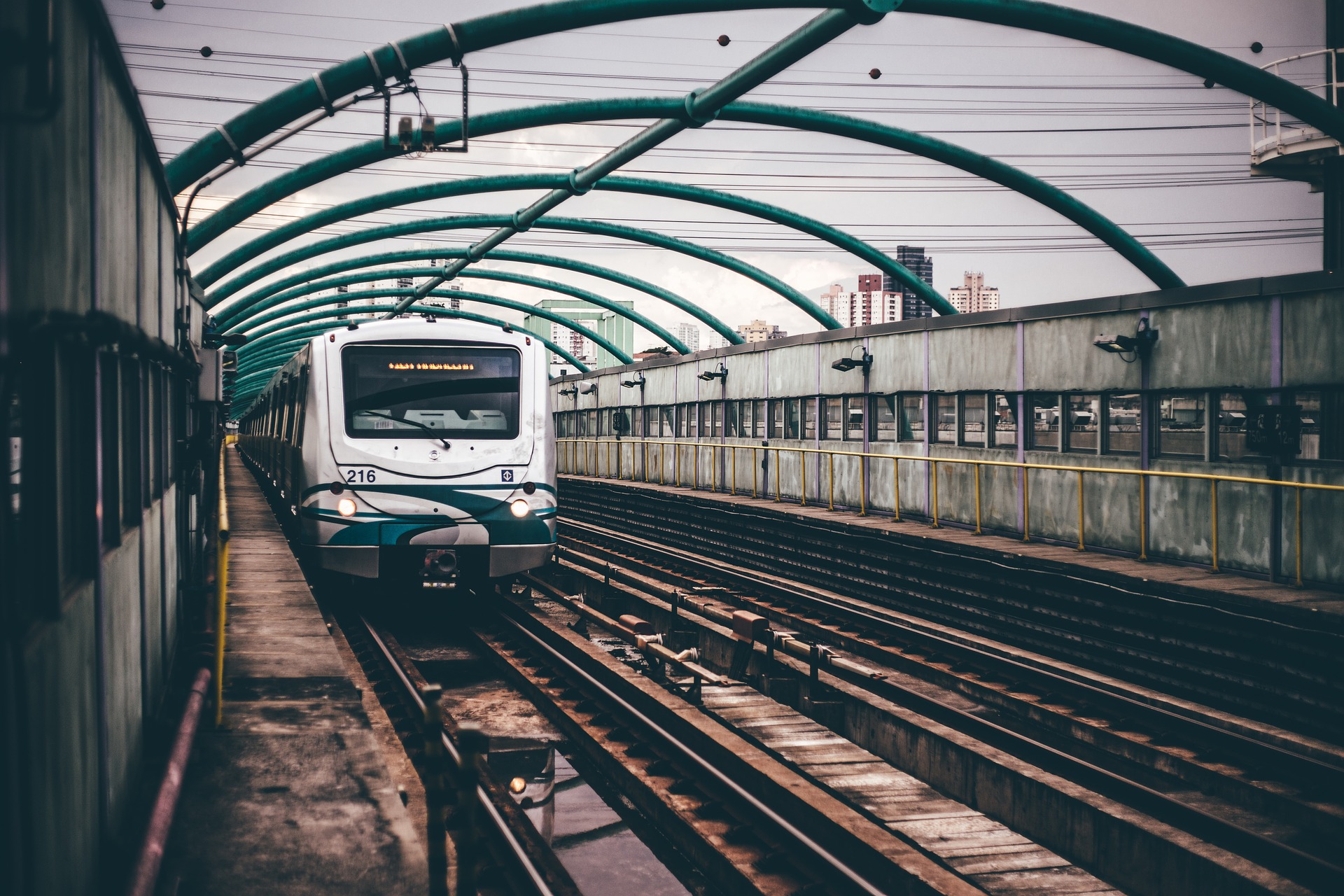
The increasing demand for faster and more environment friendly people and freight transport is a major challenge for many countries. The railway sector can solve a great deal of this challenge by taking on a larger share of the transport demand many years ahead. The introducing of the European Rail Traffic Management Systems (ERTMS) is large enabler.
The railway sector in the Nordic region is growing rapidly as a response to the increased transport demand. This is to improve efficiency, economic competitiveness, sustainable development and to create significant business opportunities. Development of the railway sector has its own complexity and challenges involving interoperability and safety of the infrastructure, rolling stock, signalling and other subsystems.
Achievement of the unified European railway network requires “Interoperability” – or technical compatibility - of national transport networks of EU Member States including infrastructure, rolling stock, signalling and other subsystems of the rail system, as well as less complex procedures for the authorisation of rolling stock across the European Union's rail network.
EU legislation specifies a set of interoperability requirements and conditions that shall be met and a framework for a harmonized approach to railway safety in the EU. The interoperability requirements and conditions concern the design, construction, placing in service, upgrading, renewal, operation and maintenance of the parts of the system as well as the professional qualifications and health and safety conditions of the staff who contribute to its operation and maintenance.
Our engaged consultants with experience, knowledge and broad insight can support, guide and manage these challenges by usually taking roles as Interoperability Management, Safety Management, Interoperability Engineering and etc.
INTEROPERABILITY
SAFETY
Safety is a major instrument in the railway industry and requires endless improvement. Europe’s railways are among the safest in the world, despite the many great advancements that have taken place in railway signalling systems, some concerns still exist. For new railway companies looking to establish themselves on the market, various national safety rules and regulations become major challenges to navigate, this also applies to existing companies looking to use rail infrastructure in other countries. The EU is pursuing to maintain high standards and to harmonies safety requirements EU-wide, the future looks bright.
To gain approval and authorization for majority of the railway systems and/or equipment, that is to be utilized in target markets, it is required to demonstrate that those fulfills the national safety requirements and are developed according to the applicable standards. Our consultants with expertise and experience will guide and support you in these challenges by usually taking roles as Railway Safety Management, Safety Engineering, Independent Safety Assessment and etc.
